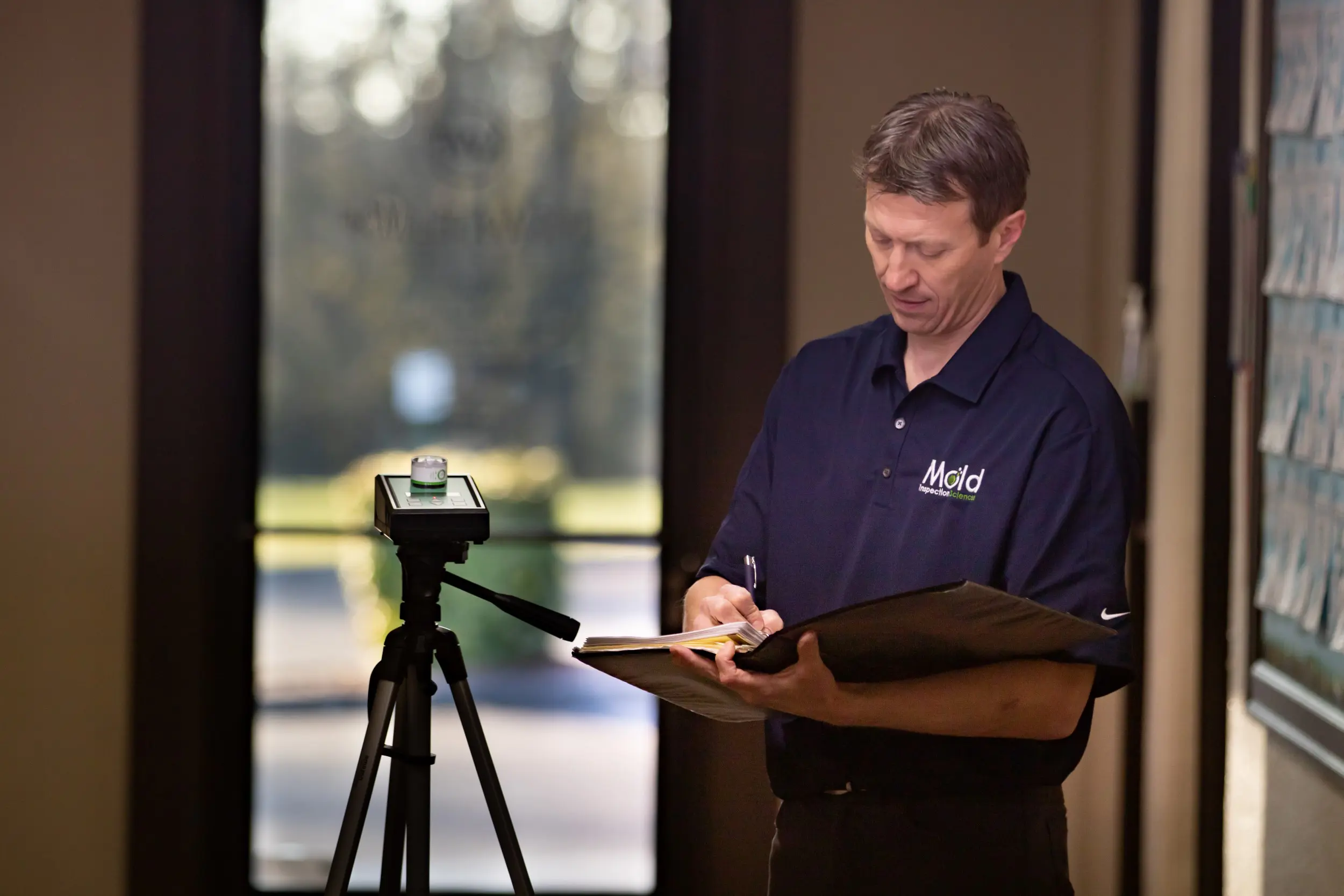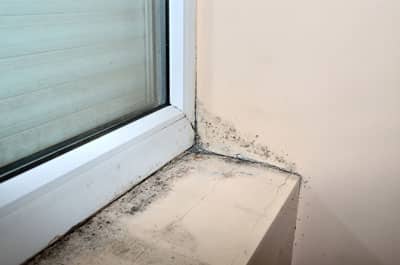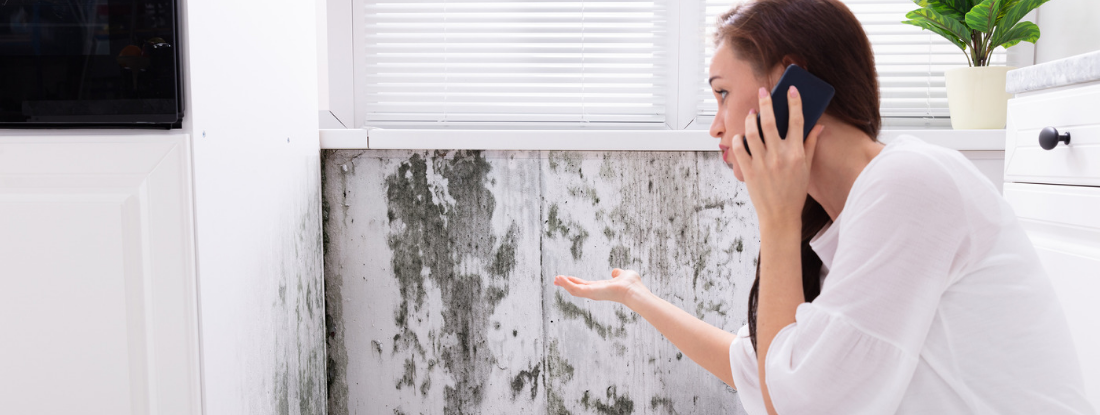Guidance on What to Do After Mold Remediation
Guidance on What to Do After Mold Remediation
Blog Article
Your Ultimate Overview to Post Mold Remediation Methods
In the after-effects of mold problem, understanding just how to efficiently eliminate the mold and mildew and stop its reoccurrence is extremely important for keeping a healthy and balanced interior environment. From choosing the best cleansing and decontaminating methods to executing methods for long-term mold and mildew prevention, each action in the remediation trip plays an important duty in making certain an effective end result.
Understanding Post-Mold Remediation Refine
After finishing the mold and mildew removal procedure, it is crucial to understand the post-mold remediation techniques that are essential to ensure a extensive and efficient cleanup. As soon as the mold and mildew has actually been eliminated, the following step entails cleaning and disinfecting the impacted areas to avoid any type of regrowth of mold. This consists of making use of specialized cleansing agents to wipe down surface areas and eliminate any type of staying mold spores. It is important to dry the area entirely to prevent the growth of mold in the future (After mold remediation). Appropriate air flow and dehumidification can assist in this procedure.
In addition, conducting a final inspection post-remediation is crucial to ensure that all mold has actually been effectively eliminated. This inspection must involve a complete visual check in addition to perhaps air sampling to verify the absence of mold spores airborne. Extra removal might be essential if the assessment reveals any remaining mold and mildew. Lastly, informing owners on safety nets such as managing moisture degrees and without delay resolving any type of water leaks can assist maintain a mold-free setting.
Effective Cleaning Up and Decontaminating Approaches

Preventing Future Mold Development

Value of Appropriate Air Flow
Appropriate discover this ventilation plays a vital function in preventing dampness buildup, an essential aspect in mold and mildew development within interior environments. Effective ventilation systems aid remove excess humidity from the air, decreasing the opportunities of mold and mildew spores finding the moisture they require to spread and sprout. Without sufficient air flow, indoor areas can come to be a breeding ground for mold and mildew, resulting in possible health risks and architectural damage.
By making certain proper air blood circulation, air flow systems can additionally help in drying wet locations quicker after water damage or flooding events, even more discouraging mold and mildew development. Post Mold Remediation. In spaces like restrooms, cellars, kitchen areas, and attics where moisture levels have a tendency to be greater, setting up and keeping efficient ventilation systems is essential in avoiding mold infestations

Surveillance and Maintenance Tips
Provided the crucial duty that correct air flow plays in stopping mold development, it is critical to develop effective surveillance and maintenance tips to make certain the ongoing performance of air flow systems. Routine inspections of air flow systems must be performed to inspect for any indicators of blockages, leaks, or breakdowns that might impede appropriate airflow. Tracking humidity levels within the residential or commercial property is additionally essential, as high moisture can add to mold and mildew development. Mounting a hygrometer can help track humidity levels and alert house owners to any spikes that might require interest. Additionally, making certain that air filters are frequently cleaned or replaced is crucial for preserving the performance of the ventilation system. Carrying out a timetable for routine maintenance tasks, such as duct cleansing and HVAC system evaluations, can aid prevent problems prior to they rise. By remaining proactive and conscientious to the problem of ventilation systems, residential property proprietors can successfully minimize the risk of mold regrowth and maintain a healthy indoor atmosphere.
Final Thought
Finally, post-mold remediation techniques are essential for guaranteeing a safe and tidy environment. Understanding the procedure, executing effective cleansing and decontaminating approaches, stopping future mold and mildew development, maintaining correct air flow, and routine monitoring are all crucial actions in the remediation procedure. By following these standards, you can effectively remove mold and mildew and stop its return, promoting a healthy and balanced living or working space for all owners.
In the after-effects of mold and mildew invasion, knowing just how to efficiently eradicate the mold and prevent its reoccurrence is extremely important for preserving a healthy interior setting. Once the mold and mildew has been eliminated, the following step includes cleaning and decontaminating the affected areas to avoid any regrowth of mold - Post Mold Remediation Report. After getting rid of visible mold development, it is critical to cleanse all surface areas in the afflicted location to get rid of any type of staying mold and mildew spores. To further boost mold prevention procedures, it is essential to deal with underlying problems that initially led to mold advancement.Provided the important duty that appropriate air flow plays in avoiding mold growth, it is critical to establish effective tracking and upkeep ideas to make certain the ongoing capability of ventilation systems
Report this page